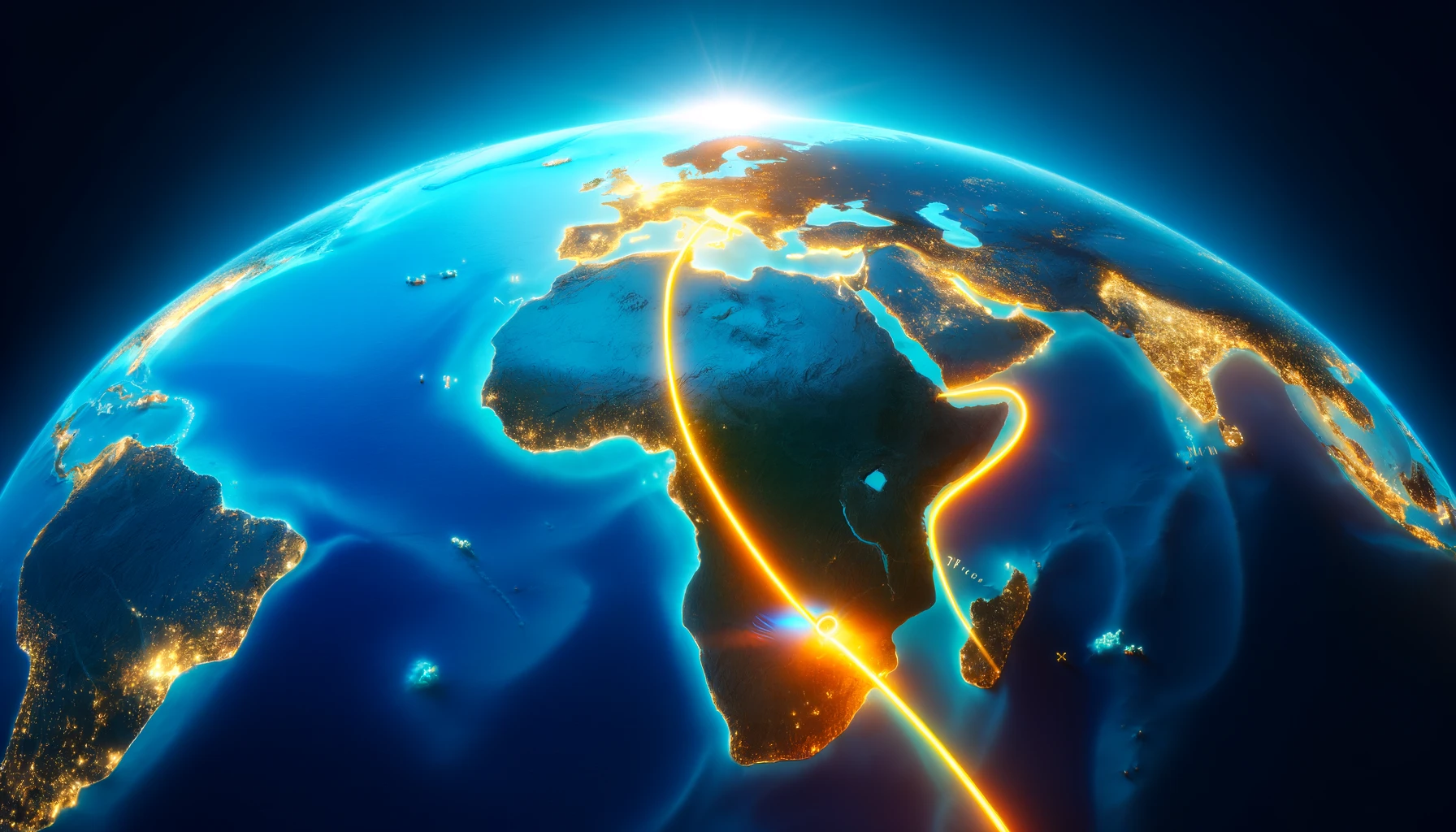
Google has announced a groundbreaking project to construct “Umoja,” the first subsea fiber-optic cable designed to connect the continents of Africa and Australia directly.
This initiative emerges as part of Google’s ongoing efforts to enhance global connectivity, enabling more reliable communication across continents and enhancing service quality for Google’s consumers and business clients.
The announcement of Umoja comes at a critical time as Africa faces connectivity challenges highlighted by recent widespread network outages attributed to faulty undersea cables. By launching this project, Google not only addresses these issues but also strategically positions itself in the ongoing competition with other cloud hyperscalers like AWS and Microsoft Azure.
Path of the Umoja Cable
The Umoja cable route begins in Kenya and travel through several African countries, including the Democratic Republic of the Congo, Rwanda, Uganda, Zambia, and Zimbabwe. Its path concludes on the African continent in South Africa, where Google inaugurated its first African data center region in Johannesburg earlier this year. The terrestrial segment of this route has been completed, as Google worked in partnership with Liquid Intelligent Technologies to achieve this milestone.
From South Africa, the cable will extend across the Indian Ocean, ending in Perth, Australia. While the work on this segment is underway, no definitive timeline for its completion has been established. However, a typical subsea cable project spans approximately three years from its inception to becoming operational, suggesting a possible readiness by around 2026.
Strategic Importance of the Umoja Cable
Brian Quigley, Google Cloud’s Vice President for Global Network Infrastructure, elaborated on the strategic importance of the Umoja cable in a recent blog post. He emphasized that establishing a route independent from existing connections is crucial for ensuring a resilient network. This is particularly vital for regions like Africa, which have historically suffered from high-impact network outages.

The global network infrastructure landscape is densely populated with hundreds of cables that span seas, oceans, and waterways. Big Tech companies, including Amazon, Google, Meta, and Microsoft, have increasingly invested in these infrastructures. The primary goal is to enhance the quality of their services, providing benefits such as reduced latency for YouTube streams and faster data transfers for cloud-based enterprise solutions.
Comparatively, the closest subsea cable route to Google’s planned Umoja cable is the Oman Australia Cable (OAC) by SUB.CO, which began operations in 2022, connecting Oman with Perth. Google’s involvement in subsea cable projects is not new; it has previously invested in various cabling endeavors around Africa, including the Equiano cable, which links Portugal with Nigeria and South Africa.
Moreover, earlier this year, Google also announced plans to construct one of the first subsea cables connecting South America with the Asia-Pacific region. This cable is set to run from Chile to Australia via French Polynesia, highlighting Google’s ongoing commitment to expanding its global network infrastructure.
Related News:
Featured image was created with the assistance of DALL·E by ChatGPT
